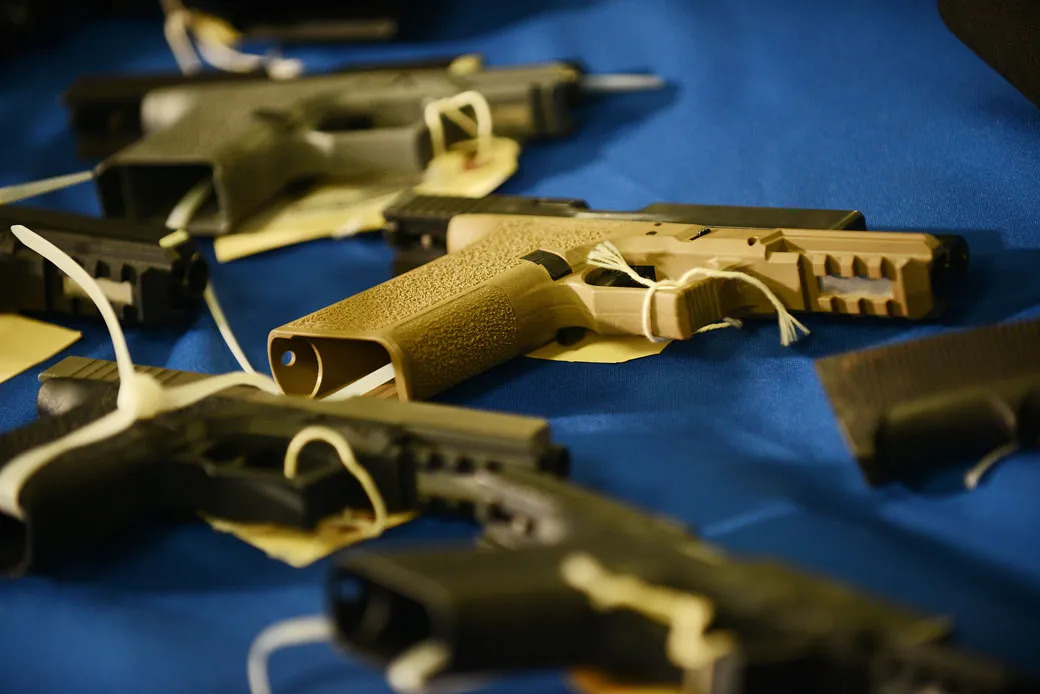Uncategorized
How to Serialize a Ghost Gun in Colorado: A Step-by-Step Guide
In Colorado, the regulation of Ghost Gun for Sale—firearms assembled from kits or homemade without serial numbers—has become a significant issue. As of recent legislation, individuals are required to serialize these firearms to ensure compliance with state laws. This guide will walk you through the process of serializing a ghost gun in Colorado.
What is Serialization?
Serialization is the process of assigning a unique identification number to a firearm. This number allows for tracking and identification, ensuring that the firearm can be traced back to its owner and history. Serialization is crucial for compliance with state laws and enhancing public safety.
Legal Context in Colorado
As of 2021, Colorado law mandates that all firearms, including ghost guns, must be serialized. This requirement aims to prevent the illegal use of untraceable firearms and ensure accountability among gun owners. Failure to serialize a ghost gun can result in legal penalties.
Steps to Serialize a Ghost Gun in Colorado
1. Understand the Requirements
Before you begin the serialization process, familiarize yourself with Colorado’s specific laws regarding Ghost Gun for Sale. Ensure you understand what constitutes a ghost gun and the penalties for non-compliance.
2. Obtain a Serialization Kit
To serialize your ghost gun, you will need a serialization kit. This kit typically includes:
- Serial Number: A unique identification number that you will assign to your firearm.
- Stamping Tools: Tools to engrave or mark the serial number on your firearm securely.
- Documentation: Forms or records that may need to be filled out to document the serialization.
You can often find serialization kits through firearm accessory retailers or online.
3. Prepare Your Firearm
Before applying the serial number, ensure your ghost gun is clean and ready for marking. Remove any components that may obstruct access to the area where you plan to engrave or stamp the serial number.
4. Choose the Location for Serialization
Select a location on your firearm where the serial number will be clearly visible and permanent. Common locations include:
- The lower receiver
- The frame of the firearm
5. Engrave or Stamp the Serial Number
Using the tools provided in your serialization kit, carefully engrave or stamp the serial number onto your ghost gun. Ensure that the number is legible and deep enough to withstand wear and tear.
6. Document the Serialization
Once the serial number is applied, document the process. Keep a record of:
- The serial number assigned
- The date and method of serialization
- Any relevant documentation, such as forms or receipts from the serialization kit
This record will serve as proof of compliance with Colorado law.
7. Review and Comply with Additional Regulations
After serializing your ghost gun, ensure that you comply with any additional state or local regulations regarding firearm ownership, storage, and use. This may include background checks, safe storage requirements, and registration processes.
Conclusion
Serializing a ghost gun in Colorado is a necessary step to ensure compliance with state regulations and enhance public safety. By following the steps outlined in this guide, you can successfully serialize your firearm and avoid potential legal issues.
Always stay informed about changes in firearm laws and regulations in Colorado to ensure responsible ownership. If you have any questions or need assistance, consider consulting with a legal expert or local law enforcement.

